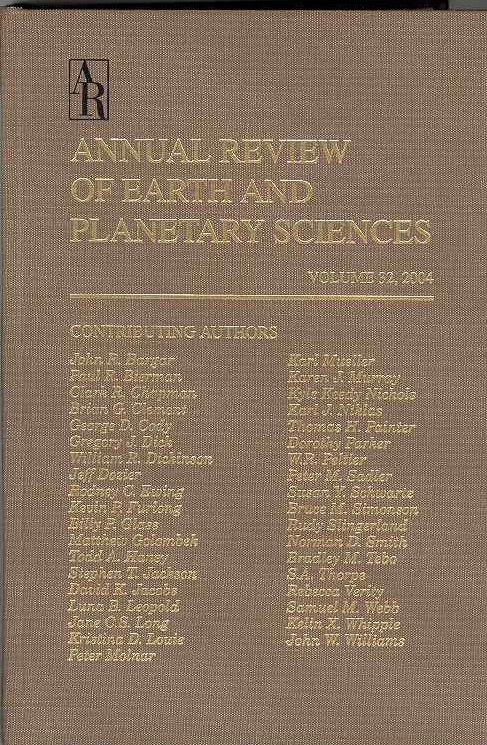微生物生态学到海洋碳循环:从基因组到数值模型
IF 13
1区 地球科学
Q1 ASTRONOMY & ASTROPHYSICS
Annual Review of Earth and Planetary Sciences
Pub Date : 2025-02-21
DOI:10.1146/annurev-earth-040523-020630
引用次数: 0
摘要
海洋含有大量的无机和有机碳,在全球碳循环和气候中发挥着关键作用。海洋中的大多数生物地球化学转化是由海洋微生物驱动的。因此,发生在单细胞尺度上的分子过程控制着全球地球化学动力学,提出了尺度上的挑战。理解从细胞到全球尺度的海洋碳循环控制过程需要整合多个学科,包括微生物学、生态学、生物地球化学和计算领域,如数值模型和生物信息学。共享的语言和基础知识将促进这些互动。本文从观测海洋学和生物地球化学模型两方面综述了海洋微生物在大尺度海洋碳循环中的作用。最后,我们概述了该领域如何弥合组学数据集和海洋模型之间的差距,以了解跨尺度的海洋碳循环。-组学方法为海洋微生物生态系统的生物地球化学功能提供了越来越多的定量见解。■数值模型通过从微观尺度到全球尺度的缩放,为研究全球碳循环提供了一个工具。▪组学和数值模拟的结合使人们对微生物代谢和群落动态如何决定海洋中的营养通量有了新的认识。本文章由计算机程序翻译,如有差异,请以英文原文为准。
Microbial Ecology to Ocean Carbon Cycling: From Genomes to Numerical Models
The oceans contain large reservoirs of inorganic and organic carbon and play a critical role in both global carbon cycling and climate. Most of the biogeochemical transformations in the oceans are driven by marine microbes. Thus, molecular processes occurring at the scale of single cells govern global geochemical dynamics, posing a challenge of scales. Understanding the processes controlling ocean carbon cycling from the cellular to the global scale requires the integration of multiple disciplines including microbiology, ecology, biogeochemistry, and computational fields such as numerical models and bioinformatics. A shared language and foundational knowledge will facilitate these interactions. This review provides the state of knowledge on the role marine microbes play in large-scale ocean carbon cycling through the lens of observational oceanography and biogeochemical models. We conclude by outlining ways in which the field can bridge the gap between -omics datasets and ocean models to understand ocean carbon cycling across scales. ▪ -Omic approaches are providing increasingly quantitative insight into the biogeochemical functions of marine microbial ecosystems. ▪ Numerical models provide a tool for studying global carbon cycling by scaling from the microscale to the global scale. ▪ The integration of -omics and numerical modeling generates new understanding of how microbial metabolisms and community dynamics set nutrient fluxes in the ocean.
求助全文
通过发布文献求助,成功后即可免费获取论文全文。
去求助
来源期刊

Annual Review of Earth and Planetary Sciences
地学天文-地球科学综合
CiteScore
25.10
自引率
0.00%
发文量
25
期刊介绍:
Since its establishment in 1973, the Annual Review of Earth and Planetary Sciences has been dedicated to providing comprehensive coverage of advancements in the field. This esteemed publication examines various aspects of earth and planetary sciences, encompassing climate, environment, geological hazards, planet formation, and the evolution of life. To ensure wider accessibility, the latest volume of the journal has transitioned from a gated model to open access through the Subscribe to Open program by Annual Reviews. Consequently, all articles published in this volume are now available under the Creative Commons Attribution (CC BY) license.
 求助内容:
求助内容: 应助结果提醒方式:
应助结果提醒方式:


